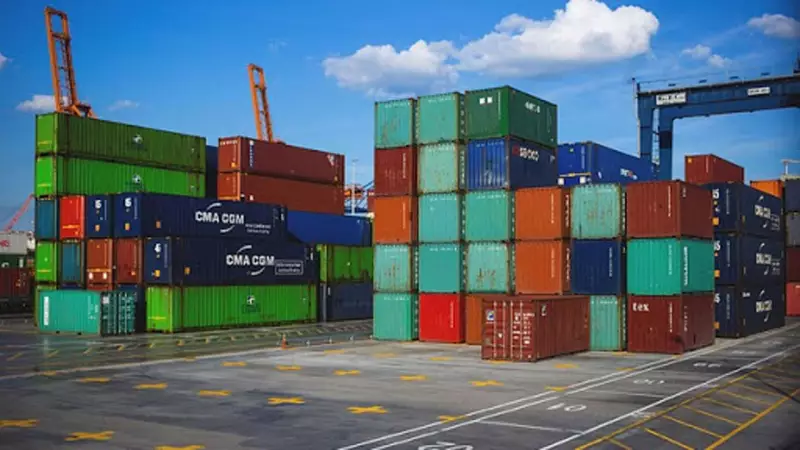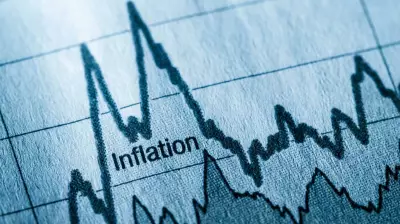
Five years after the landmark African Continental Free Trade Area (AfCFTA) agreement was launched, a startling reality persists: shipping goods between African nations remains the most expensive in the world. Despite promises of seamless continental trade, logistical nightmares and bureaucratic bottlenecks continue to plague intra-African commerce.
A comprehensive new analysis reveals that the cost of moving cargo from one African country to another significantly exceeds global averages. This persistent challenge threatens to undermine the very foundation of the AfCFTA, which aims to create the world's largest free trade area by connecting 1.3 billion people across 55 countries.
The High Price of African Trade
The findings highlight a troubling paradox: while African leaders champion continental integration, the practical realities of moving goods across borders remain prohibitively expensive. Shipping containers between African ports can cost up to three times more than equivalent distances in other regions, creating an invisible tax on African businesses and consumers.
Several factors contribute to this ongoing challenge:
- Port inefficiencies and lengthy clearance procedures
- Limited direct shipping routes between African ports
- Infrastructure gaps in transport networks
- Regulatory complexities and non-tariff barriers
- Limited competition among shipping carriers
Missed Economic Opportunities
The persistently high shipping costs represent more than just a logistical headache—they signify billions of dollars in lost economic potential. Small and medium enterprises, which form the backbone of African economies, are particularly hard-hit, often priced out of regional markets before they even begin trading.
Experts warn that without urgent intervention to address these maritime transport challenges, the AfCFTA's ambitious goals of boosting intra-African trade from current levels of 16% to 25% within the next decade may remain elusive.
The Road Ahead
While the situation appears grim, there are glimmers of hope. Several African nations are investing in port modernization, while regional economic communities are working to harmonize trade procedures. The success of these initiatives, however, depends on coordinated continental action and political will.
The next five years will be crucial in determining whether Africa can finally break down the barriers that have long prevented its nations from trading efficiently with each other. The dream of a truly integrated African market hangs in the balance, waiting for the ships to finally come in—at a reasonable cost.





